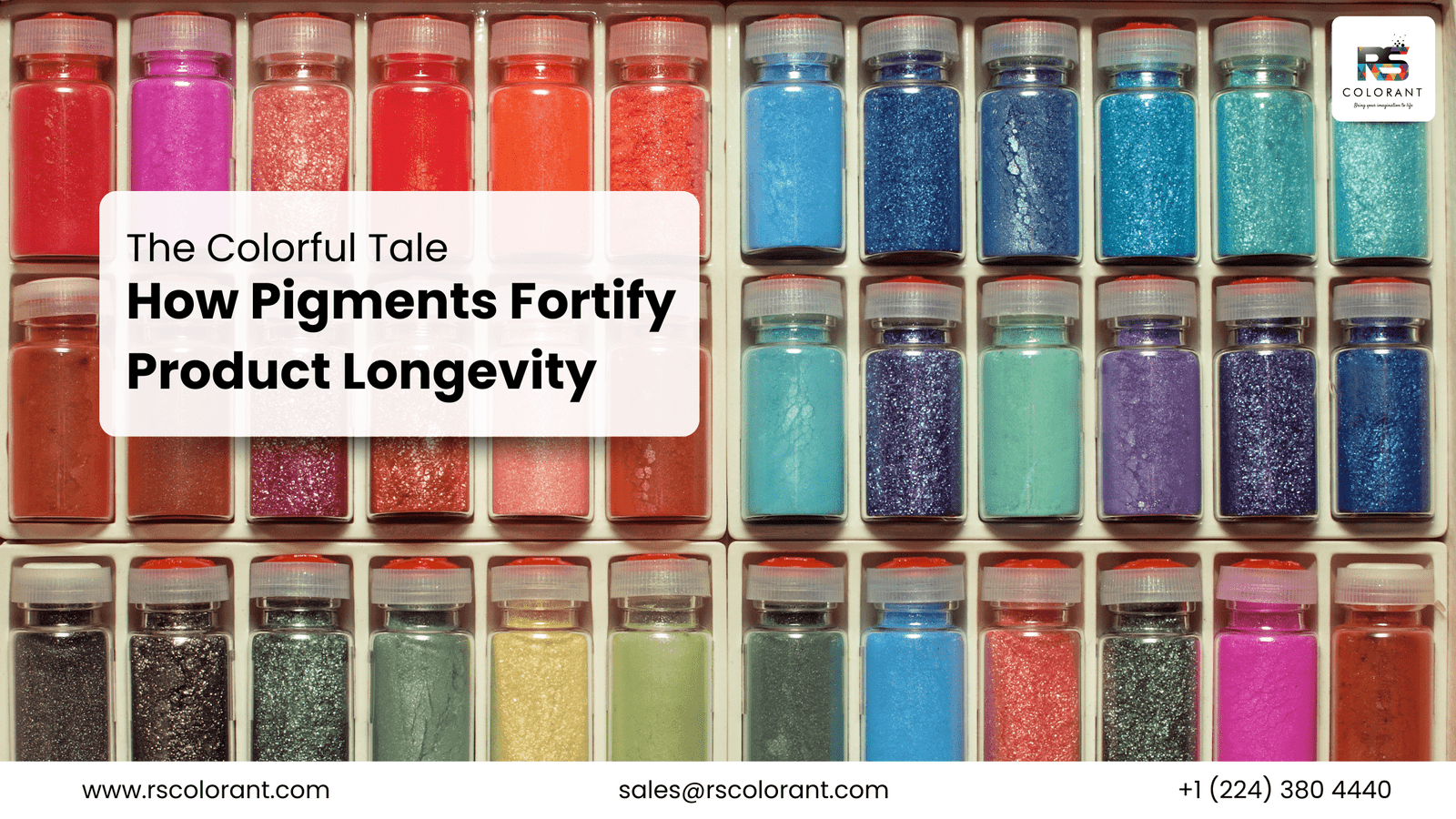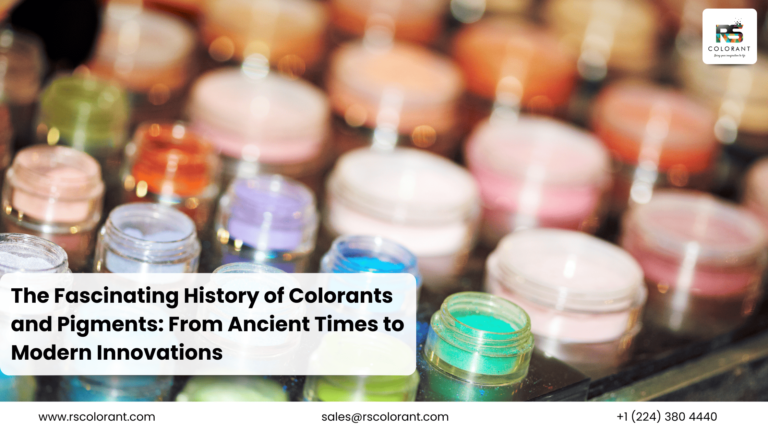Once upon a time, in the realm of manufacturing, there existed a crucial element often overlooked amidst the machinery and processes—a tiny yet mighty component known as pigment. These magical particles have woven themselves into the very fabric of countless products, enhancing not only their aesthetic appeal but also bolstering their durability and resilience against the relentless march of time.
In the kingdom of RS Colorant, artisans and scientists alike toil tirelessly to unlock the secrets of these remarkable pigments and harness their power to create products that stand the test of time. But what exactly are pigments, and how do they bestow such strength upon the products they grace?
To understand the role of pigments in enhancing durability, we must first delve into their nature. Pigments are finely ground substances, often derived from natural sources or synthesized through ingenious chemical processes. These tiny particles possess the remarkable ability to imbue materials with vivid colors, transforming the mundane into the magnificent.
However, the magic of pigments extends far beyond mere aesthetics. When incorporated into products such as paints, coatings, plastics, and textiles, pigments form a protective shield that shields against the ravages of UV radiation, moisture, and other environmental aggressors. This shield not only preserves the vibrancy of colors but also helps prevent degradation and deterioration, thereby prolonging the lifespan of the product.
Consider, for instance, the automotive industry, where pigments play a pivotal role in ensuring the longevity of vehicles. Automotive coatings fortified with high-quality pigments not only enhance the visual appeal of cars but also provide essential protection against corrosion, fading, and chipping—factors that can significantly impact the resale value and lifespan of a vehicle.
Moreover, in the realm of architecture and construction, pigments are indispensable for safeguarding buildings against the elements. Exterior paints fortified with UV-resistant pigments shield structures from the sun’s harsh rays, preventing fading and deterioration of surfaces over time. Similarly, pigmented concrete additives enhance the durability of roads, bridges, and other infrastructure, reducing maintenance costs and ensuring structural integrity for years to come.
In the world of consumer goods, from electronics to furniture, pigments play a vital role in enhancing both form and function. Products adorned with vibrant, long-lasting colors not only captivate consumers’ attention but also convey a sense of quality and reliability. Whether it’s a sleek smartphone with a scratch-resistant coating or a plush sofa upholstered in fade-resistant fabric, the presence of pigments ensures that these items retain their allure and functionality over time.
Indeed, the impact of pigments on product durability extends across a myriad of industries, from cosmetics to packaging, from textiles to industrial coatings. With advancements in pigment technology and formulation, manufacturers can now create products that not only dazzle the eye but also withstand the rigors of daily use and environmental exposure.
As we reflect on the profound influence of pigments on product durability, it becomes evident that these tiny particles are indeed the unsung heroes of the manufacturing world. Their ability to infuse products with color and resilience transforms the ordinary into the extraordinary, ensuring that the fruits of human creativity endure for generations to come.
In conclusion, the tale of how pigments enhance the durability of products is a testament to the ingenuity of mankind and the transformative power of innovation. From automotive coatings to architectural paints, from consumer electronics to industrial materials, pigments stand as guardians of longevity, preserving the beauty and integrity of the products we cherish.




